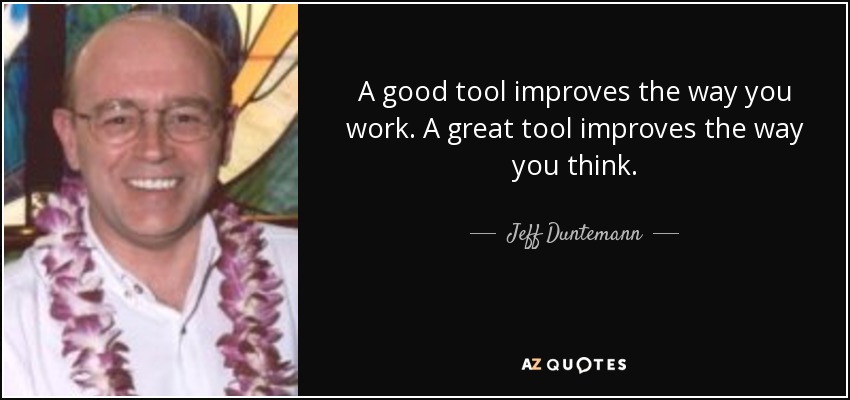Smart Vending meets Employee Engagement


Mike Sweeney
Unintended Consequences
There are certain times in your career where you move in a certain direction and don’t realize the unintended consequences of your actions. Normally, you think of this as a bad thing. In this case, I believe the unintended consequences of technology are positive. Random acts of kindness. Paying it forward. Collateral Beauty. This blog outlines that idea… the positive, unintended consequence of technology.
People are not labor. I realize economists use the term. Accurately, I might add being an enthusiastic behavior economist “want a be”. But doesn’t it seem a little cold to refer to people making a living, providing for their families, contributing to their local communities as “labor”. Rough label if you ask me.
The best companies in the world, specifically those in the food, snacks and beverage industry refer to their “labor” as associates, partners, or teammates. When people spend 30%-50% of their lives helping companies make money, the relationship between employer and employee becomes personal.
The Gallup 12
If you haven’t heard of the Gallup 12 questions to measure employee engagement, check it out. Gallup, the polling company, set out to identify what drives employee engagement and how to measure it. Highly engaged employees, they studied, produce more, quit less, and attract better talent. Their approach was a to survey tens of thousands of employees across thousands of companies across the world. What they found was that employee engagement can be measured with 12 questions. Engagement is hard to measure, they figured it out. Impressive. Understanding where your team members are in terms of engagement is critical for organizations in order to be competitive in an incredibly competitive market for talent. Check out the Q12 questions (they are outlined in the above graphic). It will change your perspective.
Do I have tools to do my work right?

When measuring overall engagement, the most basic is making sure employees have the tools they need to do their work. Makes sense… hard to execute especially at retail. This is important for retailers, very important, especially when the turnover rate is over 60%! Engaged store associates provide better customer service. Customer service, great customer service, drive customer loyalty and sales. Chick-fil-A and Nordstroms come to mind when thinking of great customer service. It’s my pleasure.
What tools drive employee engagement? What do they do? The most common tools that drive engagement, at least at retail, free up associates from tasks like checking out shoppers so they can focus on customer service. Automate. I hear you, automate means eliminate- right? WRONG. Consider this. When Walmart moved to self-checkout, everyone thought they would eliminate jobs. The ADDED jobs. Increasing associate’s visibility in the aisle to keep shelves full and help customers find what they are looking for. They increased departments that support “Click and Collect” driving more loyalty to their entire omnichannel. Walmart continues to build tools that speed up or automate transaction activities like checking out, in order to make shoppers shop more. The idea is that a shopper limits her time in store, say an hour, to shop. Everyone is busy and the schedule is the schedule. If she can’t find what she is looking for, or knows she needs to account for long checkout lines, she will tend to buy less or buy the cheapest. In other words, shoppers will spend less money before they invest more time shopping. Walmart has figured this out. Brands that support these types of initiatives will win.

Frictionless Retail
AI technology will provide the foundation for developing the next level tools needed to support employee engagement. In this case, AI- Image Recognition provides the technology that supports “Frictionless Retail” or eliminating the time wasted by shoppers and employees in paying for their stuff. When shoppers know that checking out takes time, they shorten the time they shop which means they either buy less or revert to the cheapest item they find. Friction. When shoppers know it’s easy to checkout, they will allocate more time shopping the store. (This is the sales part.)
There is friction on the Associate side too. (This is the engagement part). Checking shoppers out, changing receipt paper roll, finding upc on packages (why do the heaviest items put the UPC on the bottom of the package?). Associates do feel your frustration when they take too long scanning your items. It’s not their fault, but they get blamed. You can almost hear the Associates internal voice screaming “I hate this job”. 60% turnover is real.
This might feel like a standard pitch for implementing a smart vending program. In some ways it is. The point is, however, that when a retailer can remove the friction from the shopping experience, it benefits the Associate as much as the shopper. Implementing a smart vending program can move employee engagement from an unintentional consequence to collateral beauty.
To learn more about how InstaGNG can help remove friction from your operations, email [email protected].